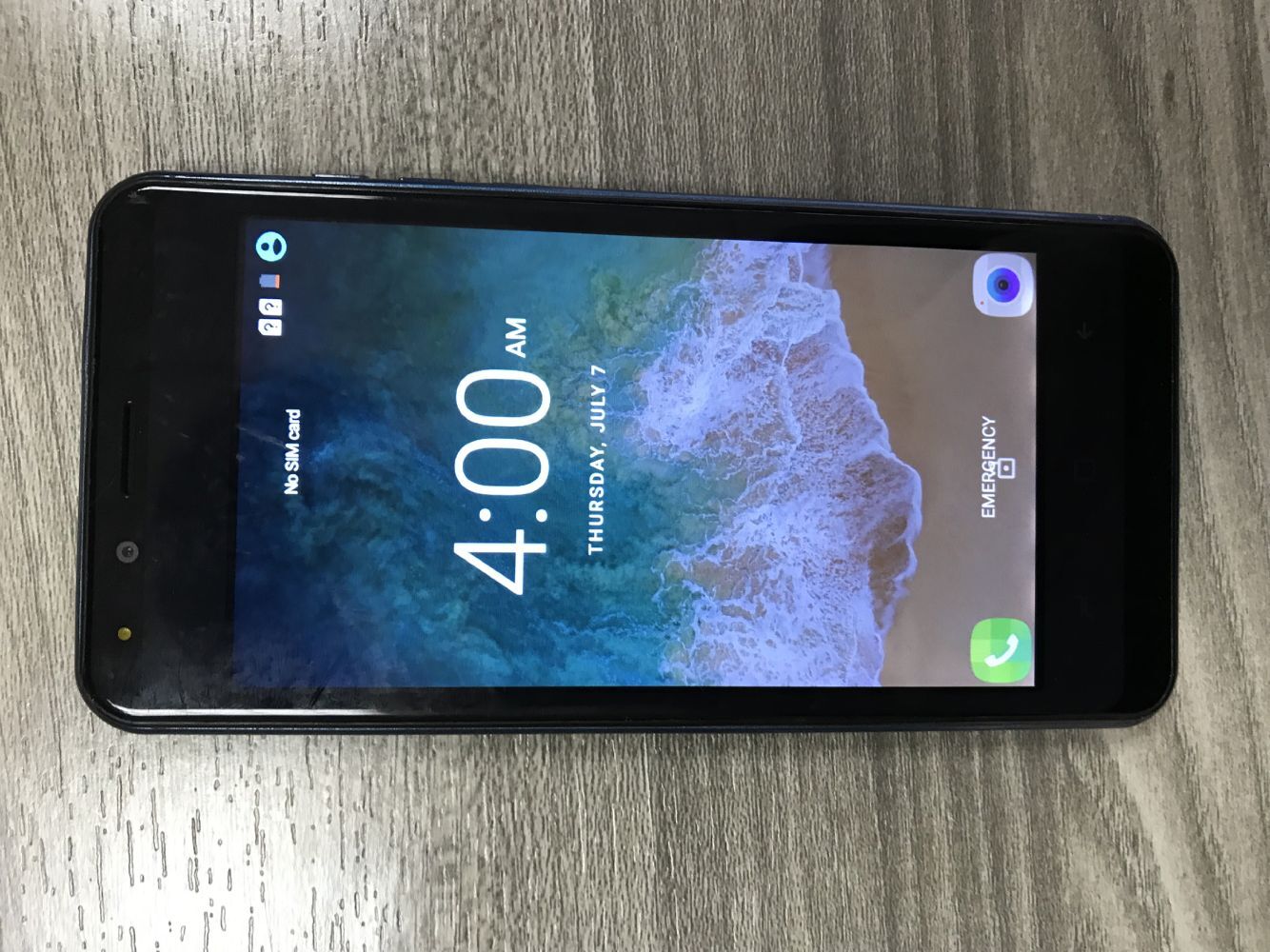China's smart phone market structure and smartphone shooting
 First, Smart phone market
First, Smart phone market
In China's smart phone market, the low-cost mobile phone represented by Xiaomi has risen rapidly. Xiaomi has successfully obtained a large number of users' support with its low-price strategy and online and offline marketing methods.
Xiaomi Company was established in April 2010. In June 2011, it released its first smartphone, Xiaomi 1, which shipped 300,000 units in the same year. After five years of continuous growth, the shipment of Xiaomi mobile phone in 2016 fell by 24% year-on-year.
From the domestic smart phone market, due to the impact of domestic smart phones, Apple's market share is beginning to decline.According to IDC data, in the Chinese mobile phone market, Huawei's market share is gradually increasing, from 16% in 1Q16 to 29.1% in 4Q18, which is growing rapidly.
Second, Phone function
The mobile phone camera, body material, storage capacity, ID, battery and other components have been continuously upgraded and innovated. It has become the leading mobile phone manufacturer in China, and the customer base is expanding and customer loyalty is gradually increasing. Nowadays, smartphones are entering the era of stocks, and major mobile phone manufacturers are looking for new mobile phone performance to seek differentiated competitive advantages and sales breakthroughs. With the increasing demand for high-quality photo and video, the evolution of camera modules is the only way for the development of smart phones.
A, shooting function
With the increase in double and triple penetration, the market will start a new imaging revolution. According to the survey data, the penetration rate of China's double-shots from 2016 to 2018 is 2%, 5%, and 15%, respectively. The overall growth rate is fast. It is expected that the double-shot penetration rate will reach 35% in 2019. It is expected that the double-shot penetration rate will exceed 60% in 2020.
From the perspective of the total shipment of brand dual-camera mobile phones in 2018, the dual-camera is mainly concentrated on Apple, Huawei, OPPO, vivo, Xiaomi, LG, Samsung and other brands.According to statistics, in 2018, Huawei has more than 20 models equipped with dual-camera configuration, with shipments accounting for more than 50% of total shipments, and prices are down to 1,000 yuan. Vivo mobile phone is the second mobile phone manufacturer with double penetration rate after Huawei. Since 2016, vivo has cut into double-shot and took the lead in launching the front dual camera. The double-shot penetration rate of vivo in 2018 surpassed Apple and reached 40%. the above. In contrast, Samsung's dual-shot penetration rate is only 2.6%.
The pixel of the flagship model has been continuously upgraded, from 20 million to 40 million. The front camera has also been upgraded from 8 million to 24 million, and the camera effect has improved. In addition, the lens of domestic high-end models has gradually upgraded from 5P to 6P, in order to achieve super wide angle, large aperture, optical zoom is also constantly upgraded to three times, making the night shot effect gradually strengthened. The 6P penetration rate of the rear lens is expected to be about 40% in 2020.
Mobile phone manufacturers are also constantly upgrading the lens, and the dual camera gradually shifts to three or more cameras. The popularity of cameras for three or more cameras is also one of the important areas of mobile phone innovation in the next two years. Why use a three-shot lens? The biggest advantage of the three shots is that the shooting is good under low light, and the biggest advantage of the breakthrough is that the shooting is good under dark light, and the optical zoom can be broken by more than 3 times, which can support more than double optical zoom, and can support 4D prediction. Focus tracking, 4 in 1 hybrid focus, 5x hybrid zoom, 10x digital zoom, etc., the rear flash also doubles the digital zoom and other functions, the back flash also has multiple color temperature options, the photoreceptor area is increased, which can make the noise control more excellent .
In 2018, the penetration rate of the three shots is only 1.6%, and by 2020, the penetration rate of the three shots will reach 24.5%. On the three-shot model, the Android camp is more active than Apple this year and next. The penetration rate of the three-shot Android camp in the 2018 and 2019 is predicted to be 1.2% and 9%, and the penetration rate of Apple's three-shot is 0.0% and 15.0%.
Nowadays, smartphones have entered the era of stocks. With the increasing demand for high-quality photos and videos, the evolution of camera modules is the only way for smartphones to develop.As consumers demand more and more mobile phone photos, the optical zoom factor will further develop, 5x or even 10x optical zoom will become the mainstream, the periscope design can greatly reduce the height of the lens module, realize the mobile phone The trend of thinning and thinning will also lead to the upgrade of the new round of camera field.
B, 3D sensing technology
The most striking in recent years is the three-camera technology and 3D sensing technology. The dual-camera/multi-camera enables blurring of photographs, large apertures, optical wide-angle and wide-range zoom. Dual/multi-cameras are added to other optical sensors to capture depth and position information for 3D modeling. According to different hardware implementation methods, there are three main mainstream 3D sensing technologies used in the industry: structured light, TOF, and binocular stereo imaging.
In 2018 and 2019, shipments of 3D sensors were 109 million and 249 million, respectively, up 214% and 127% year-on-year. Among them, Android's 3D sensing penetration rate is 1% and 3.5% in 2018 and 2019, and the penetration rate of 3D sensing in Apple mobile phones in 2018 and 2019 is 45% and 80%. Samsung's 3D transmission in 2018 and 2019 The permeability is 0% and 15%.

